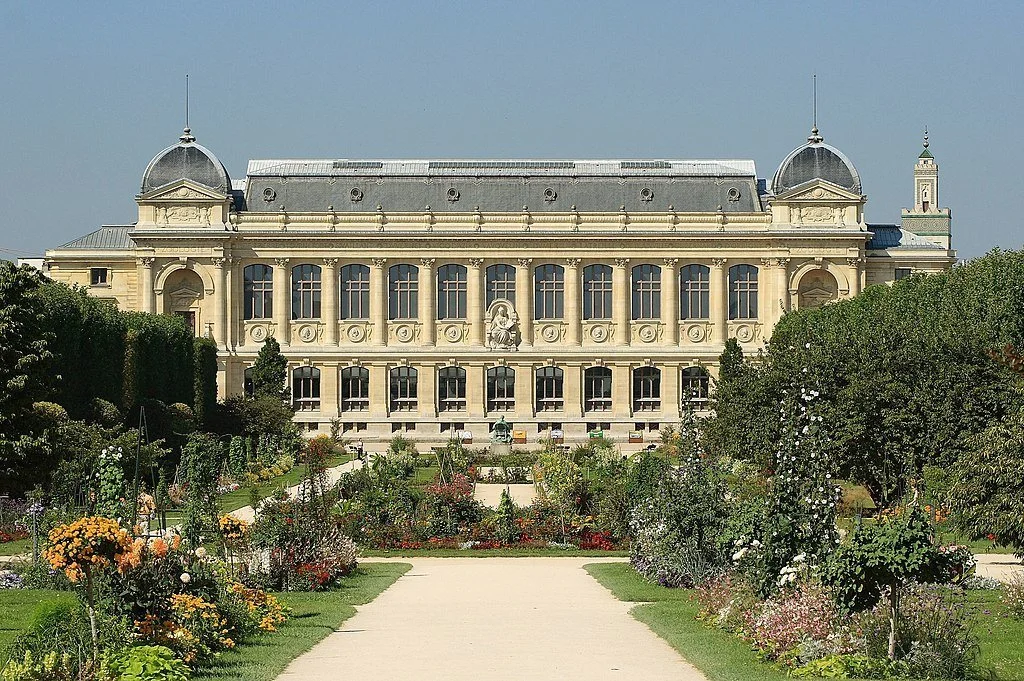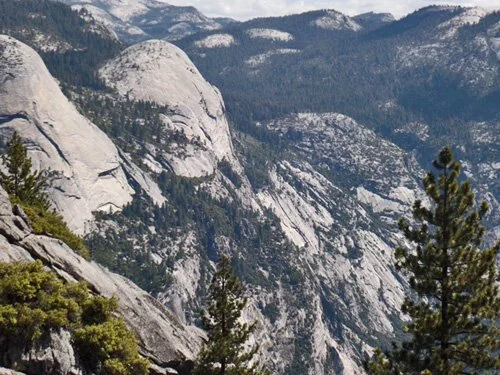
The Lyceum
A gathering place for engaging Emersonian content to educate & entertain.
Sarah Alden Bradford Ripley
Introducing another of the strong women in Ralph Waldo Emerson’s life with a profile of his aunt Sarah Alden Bradford Ripley, a scholar and educator who was a lifelong friend and one of his staunchest supporters. Sarah loved learning and continued her own broad studies while caring for a growing family and working as an esteemed teacher. She was one of the five female members of the Transcendental Club.
Emerson’s Study
When the Ralph Waldo Emerson Memorial Association (RWEMA) took ownership of the Emerson House in 1930 and turned it into a seasonal museum, the original contents of Emerson’s study were moved across the street to a replica in the Concord Museum to preserve year-round access for visitors. Today, both can be visited. In 2020, the Concord Museum produced a short video tour of Emerson’s home study, discussing its importance both to Emerson and as the intellectual center of mid-19th century America.
Emerson’s Mountain Interval
A reflection on Emerson’s trip to the White Mountains in the summer of 1832 as he considered leaving the ministry after the death of his first wife, Ellen. Taking wisdom from his surroundings, it was there that Emerson made the decision to resign. Mountains continued to occupy a place in his imagination, itineraries, and poetry for the rest of his life.
Emerson and Thoreau: Companions on a Journey of Self-Discovery
Emerson and Thoreau met in the spring of 1837 and became lifelong friends. In addition to their affinity for Concord, they shared a strong belief in the importance of nature in developing creative and independent thinking. Thoreau lived with the Emerson family for several years and built the cabin of Walden on land owned by Emerson.
Three Roads Back
The late Robert D. Richardson Jr.’s final book, Three Roads Back (Princeton University Press, 2023) explores how Ralph Waldo Emerson, Henry David Thoreau, and William James each coped with the grief of losing loved ones. Emerson lost his first wife, Ellen, to tuberculosis after less than two years of marriage, and his first child, Waldo, died of scarlet fever at the age of five.
Winter Reflections
Excerpts on the wonders of winter from Emerson’s poems, essays, and other writings, accompanied by recent photos of the snowy landscapes around his Concord home.
Mr. Emerson’s Journals
Selections from Ralph Waldo Emerson’s journals, which he kept throughout his life and which served as the basis for many of his essays, lectures, and poems. The journals were a platform for Emerson to evaluate and make decisions; to react to news, good or bad; and to form a record of the people he met and the places he visited.
“Green Emerson” [1]
After purchasing his Concord home in 1835, Ralph Waldo Emerson set about planting a variety of trees around the property. From stately pines and chestnuts near the house to an orchard with over a hundred fruit trees, Emerson’s efforts brought the nature he so loved even closer to home.
Fire at the Emerson House
On July 24, 1872—150 years ago today—a fire started in the attic of the Emerson House and spread quickly. Neighbors rushed over to help, rescuing most of the family’s possessions and managing to save the house, although it was badly damaged. After the fire, friends raised funds to reconstruct the Emersons’ home, which still stands today with the structure intact and most of the original furnishings within.
The Man at the Top of the Stairs
A profile of U.S. Senator Charles Sumner, a noted abolitionist whose friendship with Ralph Waldo Emerson strengthened around their mutual antipathy for the Fugitive Slave Act of 1850. Through Sumner, Emerson met President Lincoln in 1862, and when Sumner died in 1874, Emerson was one of his pallbearers. A portrait of Sumner hangs on the second floor of the Emerson House.
Emerson’s First Journey to Europe
On Christmas Day of 1832, Emerson sailed for Europe for the first time. He’d recently resigned as pastor of the Second Church in Boston and was still mourning the loss of his first wife, Ellen. In Europe, he hoped to find relief from an illness and to meet with writers he viewed as kindred spirits. He spent several months in Italy, was profoundly affected by the Jardin des Plantes in Paris, and met the writers Samuel Taylor Coleridge, William Wordsworth, and Thomas Carlyle, the last of whom became a lifelong friend.
The Trip to California
In the spring of 1871, Ralph Waldo Emerson joined John Murray Forbes—his daughter Edith’s father-in-law—and family on a train trip to California. After Emerson gave a series of lectures in San Francisco, the party moved on to Yosemite Valley, where a young John Muir arranged to meet the man he so admired.








![“Green Emerson” [1]](https://images.squarespace-cdn.com/content/v1/6742847b5a0db278359b0744/c16ef354-aecd-4fdd-9ad4-11ebacf88d99/Trees-Log-cover.jpg)



